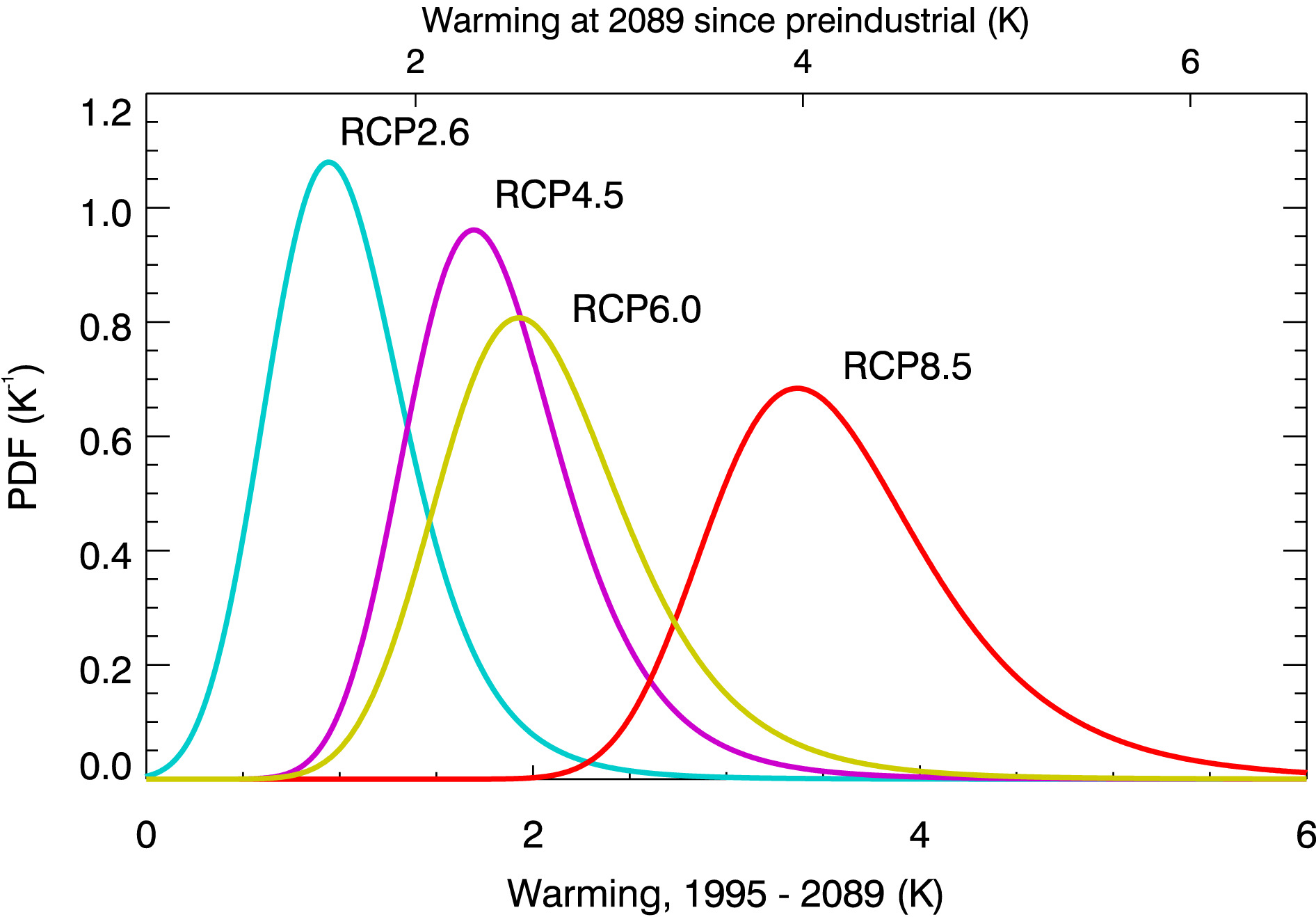Refine climate models projection by providing constraints with historical observation and evaluating model skills for future planning and risk evaluations.
 |
|---|
| Figure taken from Sherwood et al., 2020. |
Group members involved
Research questions
What recent observations best constrain future warming?
As more and more observational data is collected, our understanding of how Earth systems behave has deepened. These same observations can serve as a proxy to validate the current climate models’ physics. Observations available are not perfect and are very limited spatially and temporally compared to what is needed to return an accurate climate prediction. It is crucial to identify ways to make the optimal prediction with the existing observations.
What does a climate model’s skill in reproducing past changes tell us about its skill in forecasting future changes?
Similar to retrospective forecasting for weather, skills of climate models can be evaluated by comparing with the data that are available in the historical period. Skills of each variable that are predicted varies drastically; global temperature change is often predicted well, but precipitation and atmospheric circulation predictions, which are critical for assessing future climate risks and vulnerabilities, are lower quality. By making comparisons with subsequent observations, model performances can be evaluated. Yet, high performance in modeling the past does not necessarily imply good future predictions.
Highlighted work
Dvorak, M. T., Armour, K. C., Frierson, D. M. W., Proistosescu, C., Smith, C. J., Baker, M. B. Estimating the timing of geophysical commitment to 1.5 and 2.0 ℃ of global warming. Nature Climate Change, 12, 2022. https://doi.org/10.1038/s41558-022-01372-y
Albright, A. L., Proistosescu, C., Huybers, P. Origins of a relatively tight lower bound on anthropogenic aerosol radiative forcing from Bayesian analysis of historical observations. Journal of Climate, 34(21), 2021. https://doi.org/10.1175/JCLI-D-21-0167.1
Wills, R. C. J., Armour, K. C., Battisti, D. S., Proistosescu, C., Parsons, L. A. Slow Modes of Global Temperature Variability and Their Impact on Climate Sensitivity Estimates. Journal of Climate, 34(21), 2021. https://doi.org/10.1175/JCLI-D-20-1013.1
Sherwood, S. C., Webb, M. J., Annan, J. D., Armour, K. C., Forster, P. M., Hargreaves, J. C., Hegerl, G., Klein, S. A., Marvel, K. D., Rohling, E. J., Watanabe, M., Andrews, T., Braconnot, P., Bretherton, C. S., Foster, G. L., Hausfather, Z., Heydt, A. S., Knutti, R., Mauritsen, T., Norris, J. R., Proistosescu, C., Rugenstein, M., Schmidt, G. A., Tokarska, K. B., Zelinka, M. D. An Assessment of Earth’s Climate Sensitivity Using Multiple Lines of Evidence. Reviews of Geophysics, 58(4), 2020. https://doi.org/10.1029/2019RG000678
Loeb, N. G., Wang, H., Allan, R. P., Andrews, T., Armour, K., Cole, J. N. S., Dufresne, J., Forster, P., Gettelman, A., Guo, H., Mauritsen, T., Ming, Y., Paynter, D., Proistosescu, C., Stuecker, M. F., Willén, U., Wyser, K. New Generation of Climate Models Track Recent Unprecedented Changes in Earth’s Radiation Budget Observed by CERES. Geophysical Research Letters, 47(5), 2020. https://doi.org/10.1029/2019GL086705
Funding sources
- NOAA



